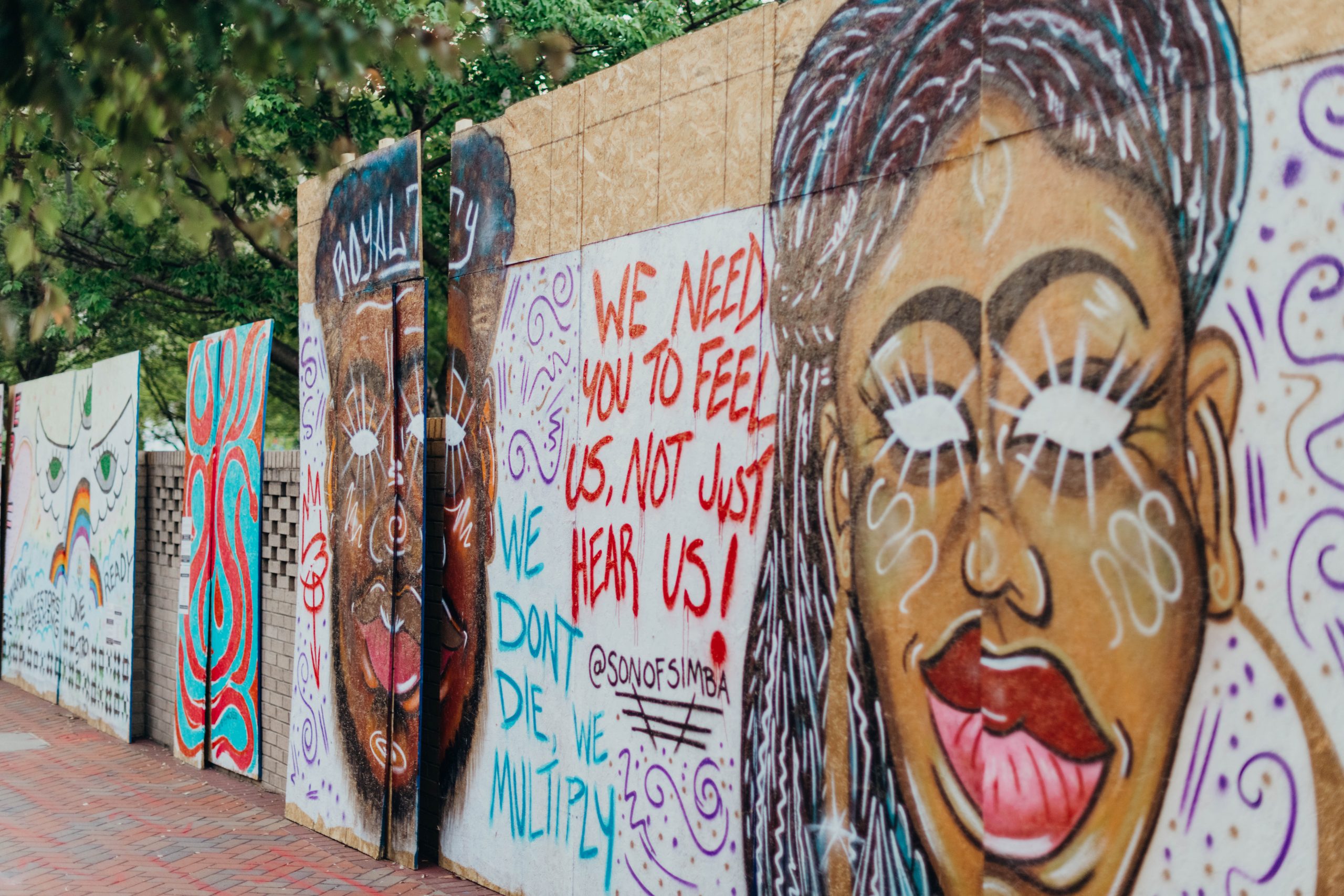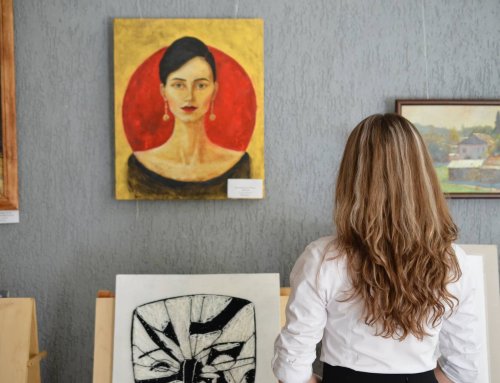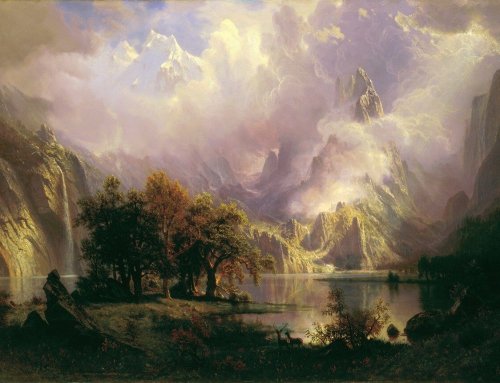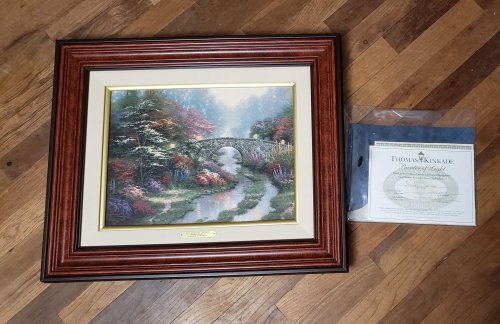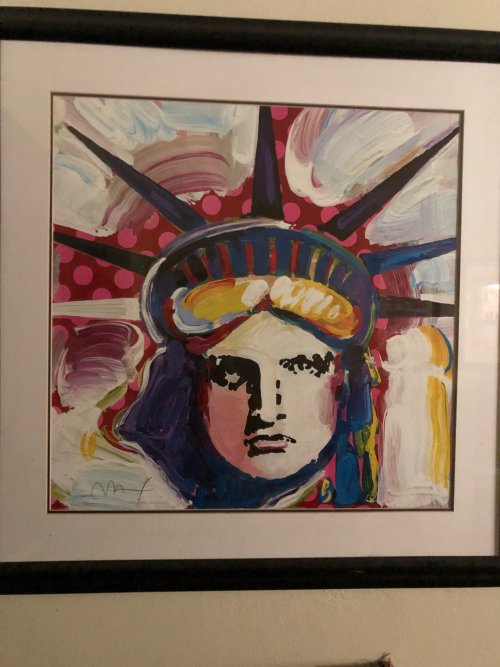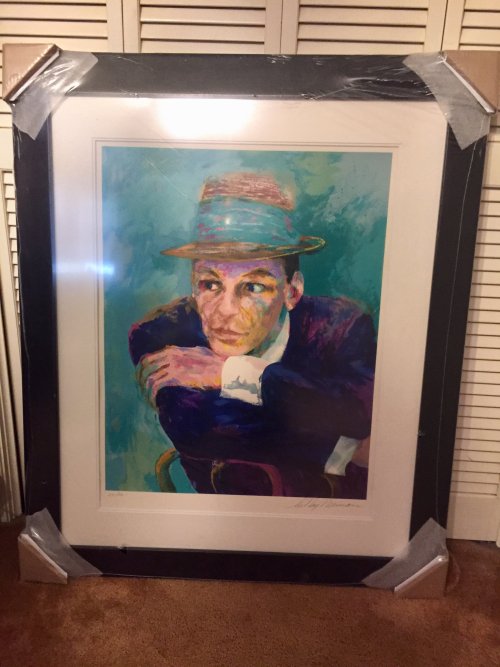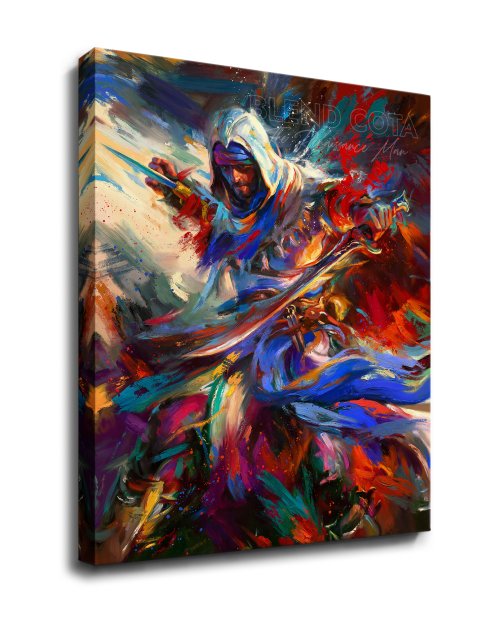There has been no lack of social issues to protest or advocate for in recent years, with 2020 being a particularly hot year for protests, with mass demonstrations for racial justice, police reform, and climate action among many others; the likes of which we have never seen before.
This phenomenon seemingly lined up with the onset of the Covid-19 pandemic in the first half of 2020. Its ensuing lockdowns brought to light their own unique set of social issues with consequent protests as well. Issues such as wealth inequality and healthcare reform, as well as mask mandates and public safety regulations became hot topics of fierce debate and sometimes violent demonstrations in 2020 and as of 2021, have no end in sight.
Well, as life imitates art, so often does art imitate life. 2020 has seen a sharp resurgence in activist art; creative works aimed at bringing to light political and social issues as a form of peaceful protest. USA Today showcased 9 stunning art pieces created in the wake of the George Floyd protests that rocked the world in the summer of 2020. The New York Times also described 2020 as the “year of protests and pivots”, and showcased an extensive list of inspired works created during the pandemic.
Although activist art is most commonly displayed in public as they pertain to collective issues faced by society by and large, private art galleries have also had a hand in providing artists with the means to display their pieces. In regions with strict lockdown measures, many galleries have also had to adapt by holding virtual exhibitions and streamlining their online purchasing process so clients and artists alike can continue to buy and sell their pieces with little interruption.
For better or for worse, this was a necessary move to make for many galleries, as Covid-19 has severely impacted in-person sales in an industry that was sluggish to transition to the digital marketplace. A report by ArtBasel highlights that in-person sales could have dropped up to 36% in the first half of 2020, while online sales made up 37% of total sales, compared to just 10% in 2019.
Are these trends here to stay, or will the art world resume the status quo once the pandemic is behind us? Only time will tell, but the changes brought on by the Covid-19 pandemic are far reaching, and have the potential to continue to be catalysts for change in the way art is created, consumed, and purchased, as we have seen in 2020.
By Joshua Jung

